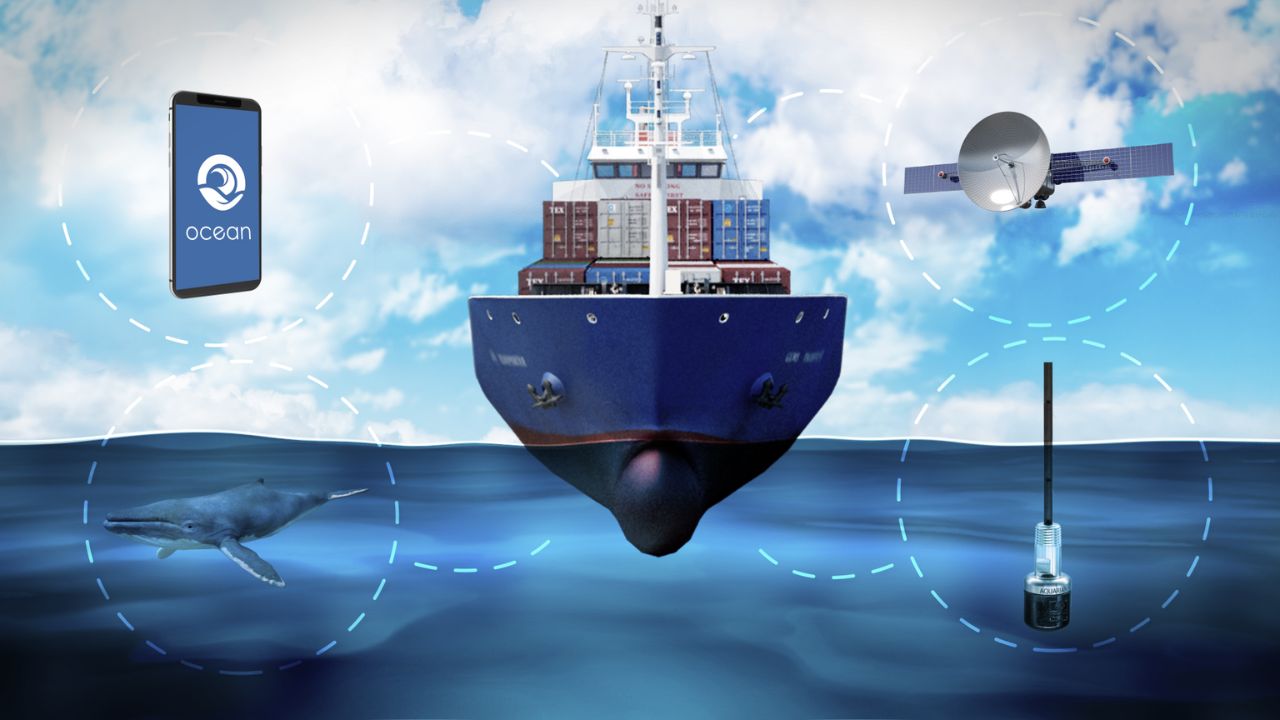Navigating the Seas Safely: The OCEAN Project’s Innovative Approach
The vast expanse of the ocean is a breathtaking sight, but it’s also a challenging environment to navigate, especially when faced with potential hazards like marine mammals and floating containers. In the maritime world, safety is paramount, and the OCEAN project is at the forefront of efforts to enhance navigational safety and mitigate the risks associated with marine navigation.
Understanding the OCEAN Project
The OCEAN project aims to take a comprehensive approach to addressing navigational hazards at sea. One of its main goals is to support navigators in their daily tasks by providing them with enhanced awareness of their surroundings. This includes facilitating evasive manoeuvres to avoid collisions with marine life and floating objects. The project’s strategy centres around creating the European Navigational Hazard Infrastructure (ENHI), which will act as a centralised hub for collecting, processing, and distributing data related to potential navigational hazards.
The ENHI in Action
The ENHI is the backbone of the OCEAN project, gathering data from various sources to provide navigators with real-time information on potential hazards. These sources include:
- Hydrophone grids, which detect the presence of marine mammals through sound.
- Sighting reports from a dedicated mobile app allow users to report sightings directly from their smartphones.
- Predictive models, which forecast the likelihood of encountering marine mammals or floating objects in specific areas.
- Satellite imagery analysis, which provides additional insights into navigational hazards.
By managing data from these diverse sources, the ENHI enables navigators to make informed decisions while at sea, reducing the risk of collisions and ensuring the safety of both vessels and marine life.

Predicting Risks and Drift Patterns
One key challenge in navigating the ocean is predicting marine life’s and floating objects’ movements. The OCEAN project addresses this challenge by employing sophisticated models to analyse factors such as water temperature, prey availability, and oceanographic conditions to predict the probability of encountering marine mammals in certain areas.
Similarly, drift models predict floating container movement over time, considering factors such as wind patterns and ocean currents. By anticipating the trajectory of these objects, navigators can take proactive measures to avoid collisions and minimise the risk of damage to vessels and the marine environment.
Crowdsourcing Data for Enhanced Safety
In addition to gathering data from traditional sources, the OCEAN project harnesses the power of crowdsourcing through its sighting app. This app allows users to report sightings of marine mammals and floating containers directly from their mobile devices, supplementing existing data and providing a more comprehensive picture of potential hazards at sea.
By crowdsourcing data this way, the OCEAN project enhances navigational safety and promotes public engagement and awareness of marine conservation issues.
Future Directions
Looking ahead, the OCEAN project aims to transfer the ENHI to a European organisation responsible for maritime safety and environmental protection. By consolidating efforts at the European level, the project seeks to ensure the continued safety of navigators and the protection of marine ecosystems in European waters.
The OCEAN project represents a pioneering effort to enhance navigational safety and mitigate the risks associated with marine navigation. By leveraging technology, predictive modelling, and crowdsourced data, the project offers innovative solutions to the challenges faced by navigators at sea. With the ENHI at its core, the project sets a precedent for collaborative initiatives to safeguard our oceans and marine life for future generations.
As we move forward, it’s crucial to continue investing in research and development initiatives like the OCEAN project to ensure the sustainability of our maritime activities and the preservation of our marine ecosystems. Together, we can navigate the seas safely and responsibly, ensuring a brighter future for all who rely on the ocean for their livelihoods and enjoyment.
Read deliverable report D6.1 – Overall infrastructure design Here
If you want to learn more about the Ocean Project:
Become a Stakeholder
Follow The OCEAN Project on LinkedIn
Subscribe to The OCEAN project on YouTube
